10 facts to make you understand the changes of the last two decades
The majority of the Spanish sparkling wines are labelled as cava, they comply the regulations of Cava D.O. However, there are other appellations and brands, and many quality-conscious producers have left cava behind in several waves. Now, this summer, an iconic cava house, Celler Kripta has joined Corpinnat, even though the founder, Agusti Torello Mata was a pioneer in cava making and he even wrote a book about the future of cava. Now there are at least 50 wineries outside Cava D.O. making sparkling wines in Spain.
By Ágnes Németh
Cover photo by Pexels / Nataliya Vaitkevich
Let me summarize the reasons leading to the current situation.
1. The first Spanish sparkling wine was made in Sant Sadurní d’Anoia in Catalonia, Penedès wine region by Josep Raventos. At this time, it was called Xampany de Noya, using the word champagne with Catalan spelling. Back then it was only Penedès making sparkling wines and they used local varieties, especially Xarel·lo.
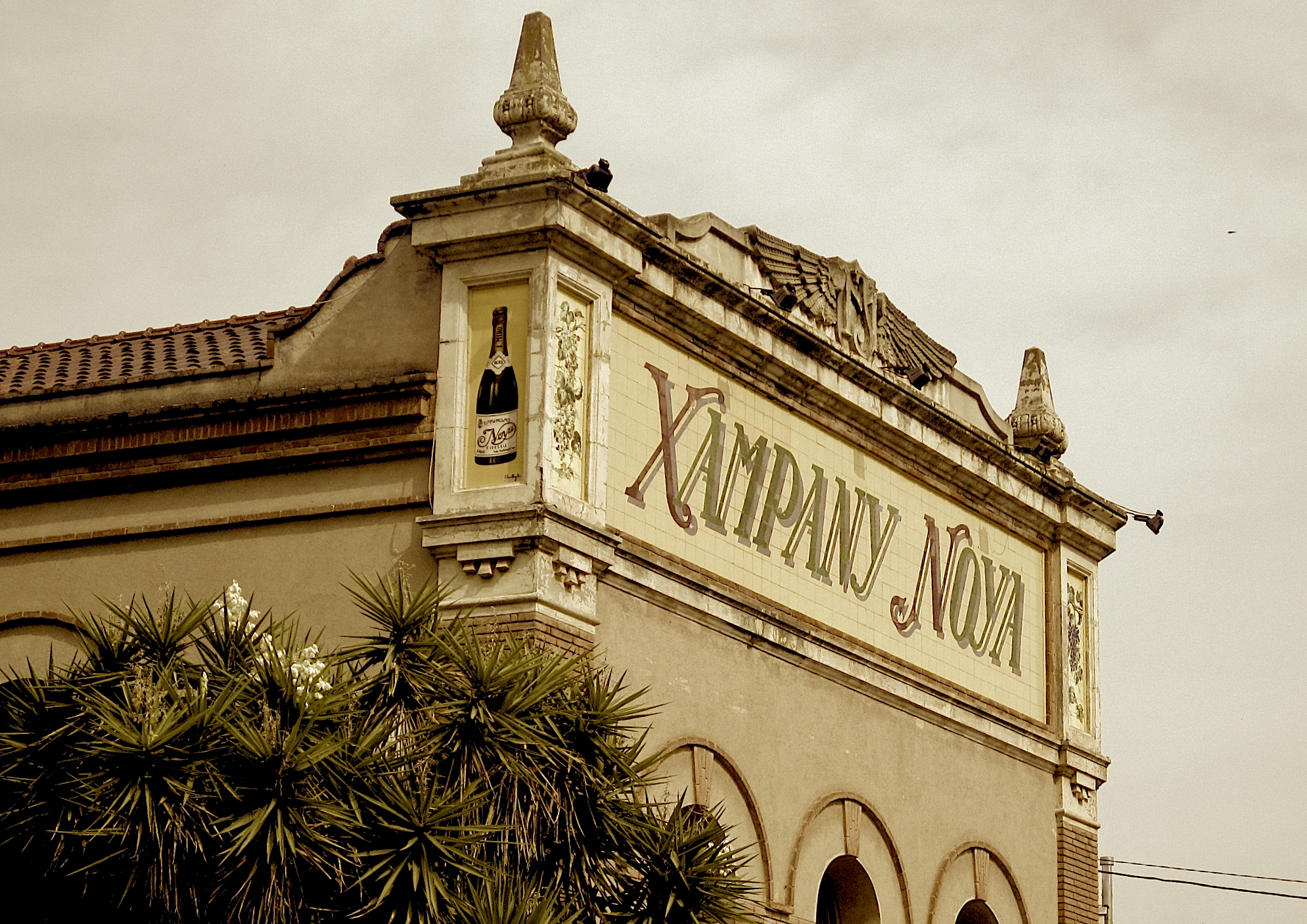
2. In 1986 Spain joined the European Union, and certainly the word champagne was not allowed to use for the product, since it was not made in Champagne, but in Penedès. The word “cava” was chosen, because it refers to the “cave”, where the bottles age (the name appeared earlier, as early as 1959). Thus, on 27 February 1986 “la Región Determinada del Cava (the Designated Cava Region)” was born.
Read more
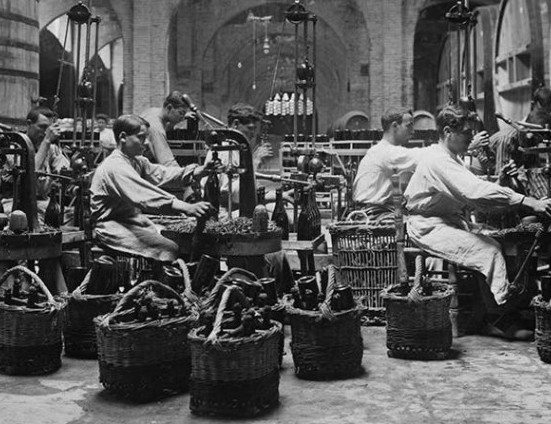
Codorníu – Bottling sparkling wine (photo: Codorníu)
3. Since 1872 some cava producers have become big, then large and then enormous, with Freixenet being the largest one. The huge production needed a huge amount of grape, more than Penedès can give, therefore, partially in favour of the big players, the regulations changed. Cava is now allowed to be made in different regions across Spain besides Penedès:
– Girona, LLeida, Tarragona and Barcelona in Catalonia,
– Zaragoza in Aragon,
– Badajoz in Extramadura,
– La Rioja, Araba / Álava in the Basque Country,
– Navarra and València in the Valencian Community.
Many quality producers objected the decision, claiming that cava would lose its identity if it was not linked to one terroir any more.
Read more about Cava regulation
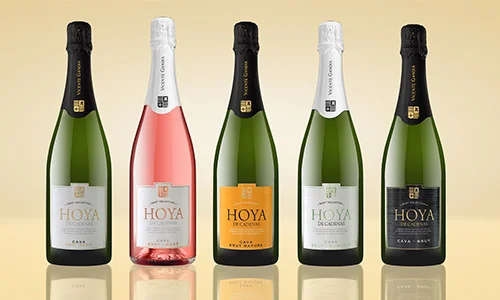
Cava by Vicente Gandia from Valencia (photo: Vicente Gandia)
4. Pepe Raventos, descendant of Josep Raventos mentioned above, realised, that cava cannot be sold at proper price in the US. Cava became the cheap alternative of champagne (partially due to the short obligatory ageing of only 9 months opposed to the 15 months of champagne).
He came to a decision and in 2012 he was the first to leave Cava D.O. and created the appellation called Conca del Riu Anoia.
Read more
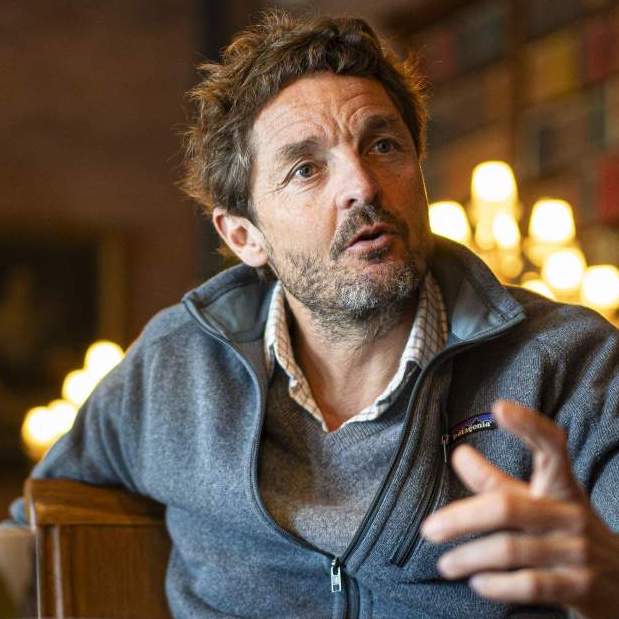
Pepe Raventós, the first rebel (photo: Raventos i Blanc)
5. Only two years passed, when a group of Penedès producers also decided to leave Cava D.O., and preferred to stay in the regional Penedès D.O., where a new sub-appellation was created for sparkling producers called Clàssic Penedès. They are organic – since this year all Penedès D.O wines have to be organic –, and the minimum obligatory ageing is 15 months on the lees as opposed to the 9-months-ageing of cava. At the moment there are 15 Clàssic Penedès producers.
Read more
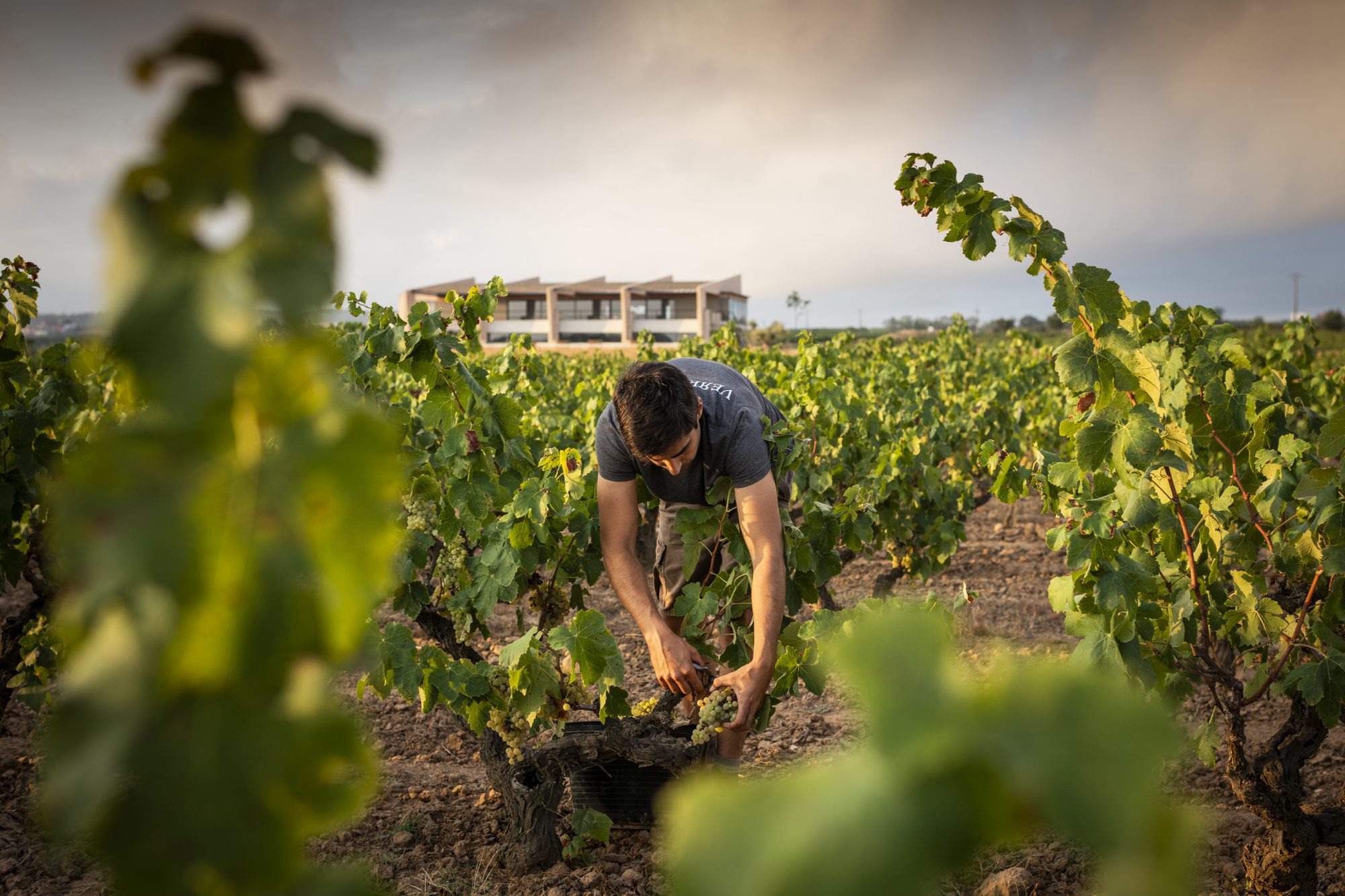
AT ROCA, one of the Clàssic Penedès wineries (photo: AT ROCA)
6. Quality conscious cava producers made several desperate attempts to change the regulation in order to distinguish long aged, quality products from the mass-produced ones. To solve the problem, in 2015 “cava de paraje calificado” category was introduced for high quality, single vineyard products. However, since it referred to products, not producers, it did not solve the problem (for example, one of the few producers with cava de paraje wines is Codorníu, one of the giants, producing only a tiny quantity of the single vineyard wines).
Read more
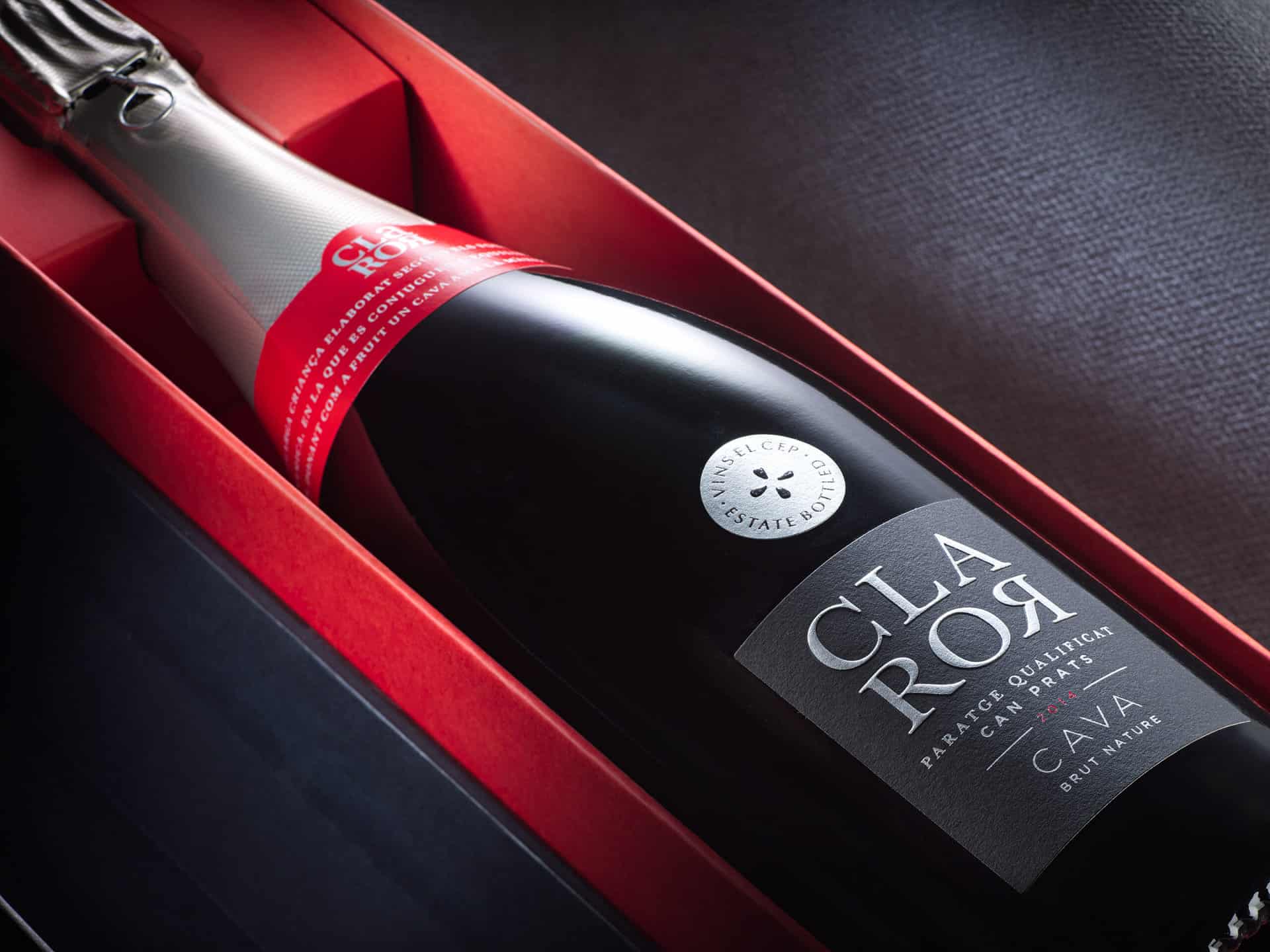
Vins el Cep Claror, a truly magnificent “cava de paraje calificado” (paratge in Catalan) (photo: Vins el Cep)
7. Since the introduction of cava de paraje calificado did not solve the problem, 6 quality focused family producers of Penedès took the bold step of leaving cava and creating a new brand. Classic Penedès was not strict enough for them, thus Corpinnat was born in 2018, a European Union registered brand with the strictest regulation ever written for sparkling wines. For instance, all members should be organic and they are obliged to harvest by hand. True superstars left Cava D.O. this time: Gramona, Llopart, Nadal, Recaredo, Sabate i Coca and Torelló.
Read more
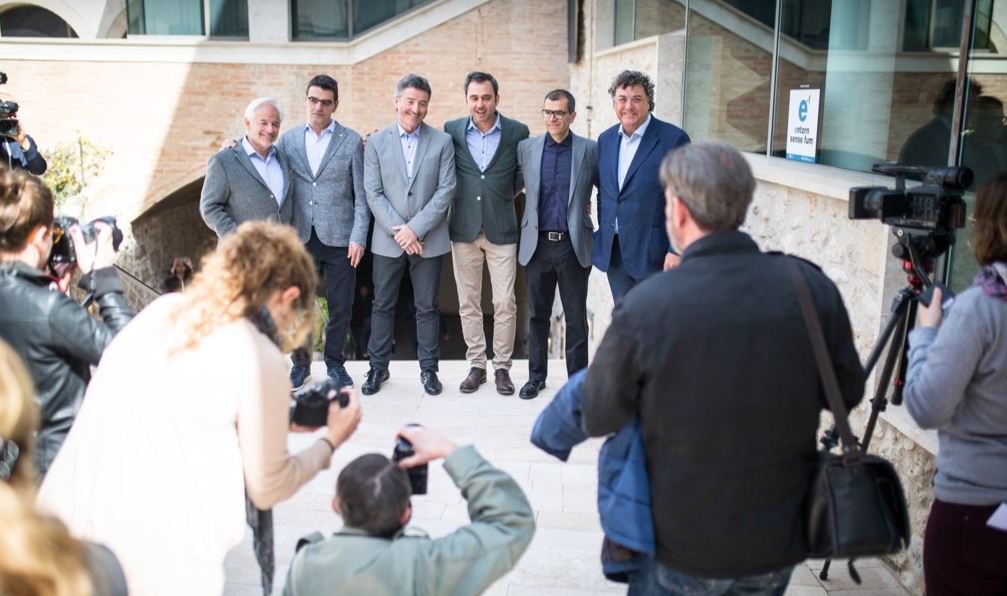
The six founders of Corpinnat – a historical moment (photo: Corpinnat)
8. So far, I mentioned the dissatisfaction of only the Penedès producers, however they were not the only ones looking for a change. La Rioja in the Basque Country is famous for its red wines first and foremost, but they like having one sparkling in the range. To present a cava from Rioja usually provoked questions like this: “is not cava made in Catalonia?”. They have had enough of the explanations, plus they wanted to use Tempranillo Bianco for sparkling wine, which is not allowed in Cava D.O. So, since 2017 Espumoso Genérico (aged for minimum 15 months) and Espumoso Reserva (aged for at least 24 months) have been made in Rioja with the traditional method.
Read more
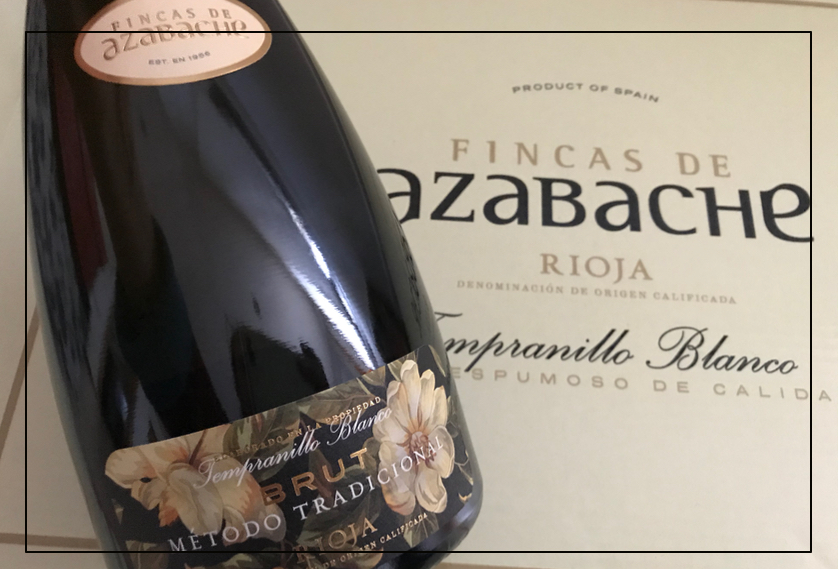
Azabache Espumoso from Rioja (photo: Finca Azabache)
9. Cava D.O. implemented the so called “zonification” in 2020, to make a difference between the several cava regions. Accordingly, there are several sub-zones in Catalonia, for example the “Valls d’Anoia-Foix sub-zone within the Comptats de Barcelona” zone. Easy to remember? Not really. Still, it might have been a blessing earlier, but the solution arrived late for Corpinnat members. And apparently the “zonification” is not satisfying for some wineries, since more of them left Cava D.O. and joined Corpinnat, this latter has 17 members now, the last-but-one to join was Celler Kripta, an estate of which most cava lovers would never have thought to make this step.
Read more
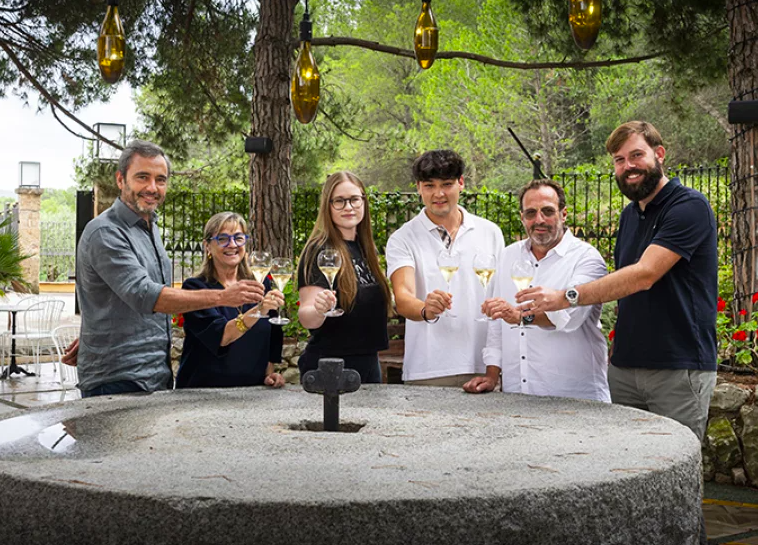
Celler Kripta joining Corpinnat in July 2025 (photo: Corpinnat)
10. The current situation is undoubtedly a nightmare for students of the wine trade, not the mention the wine enthusiasts, for whom this whole “cava–no cava” is hard to follow. To make things even more complicated, recently some Freixenet bottles appeared without the cava name, according to some employees of Freixenet, it is because the company relocated some of its production to their facilities in the Czech Republic and Hungary to decrease the cost of production.
There are stunning cavas and there are mediocre wines among the others as well. Yet, the situation is more than confusing. If you are a wine student, a member of the trade or just a wine enthusiast and you need more explanation, contact us! We will have you taste great examples of all groups, since for us it is only quality what matters.
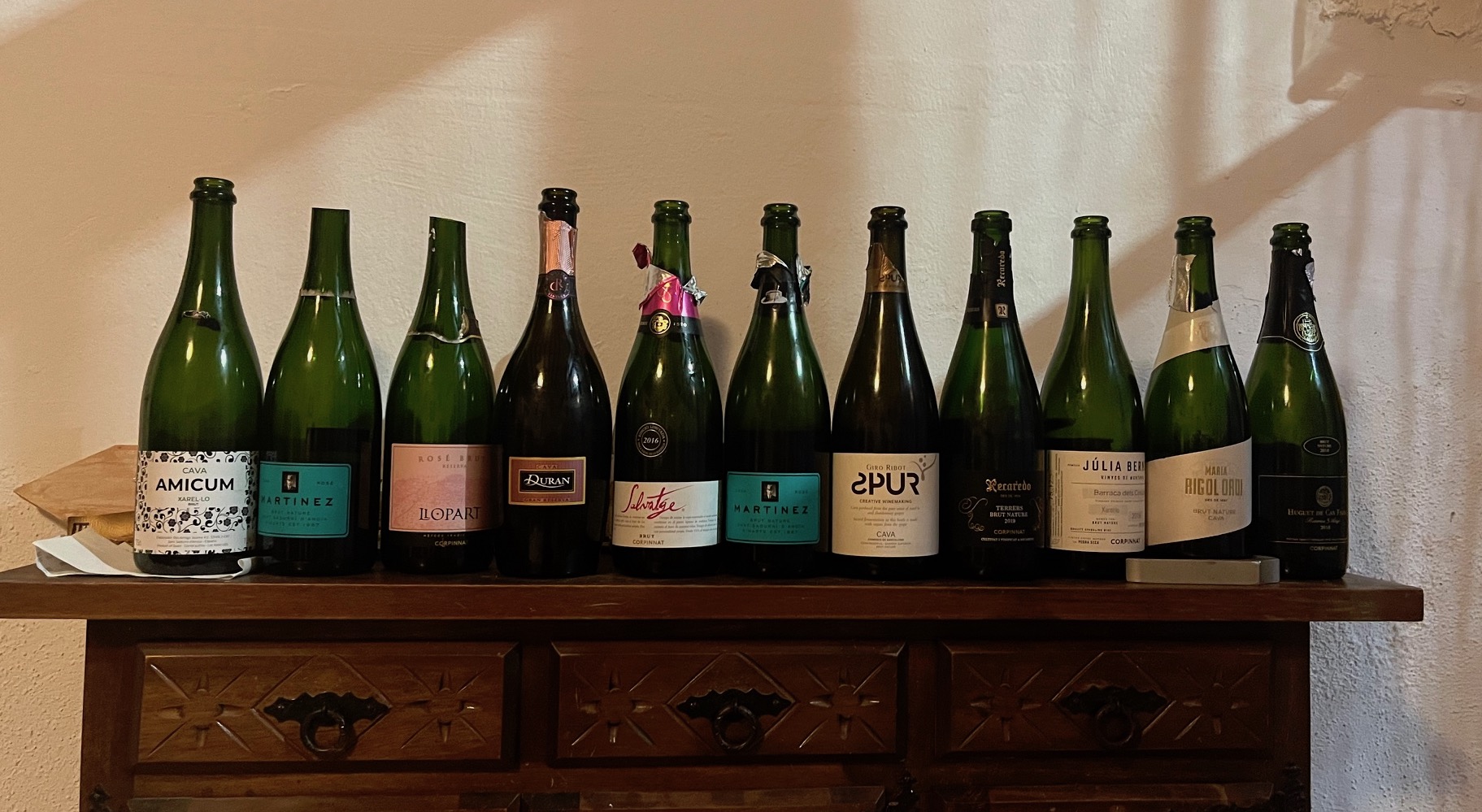
The “line-up” of a recent tasting at SparklingSpain for some US-based wine enthusiasts


